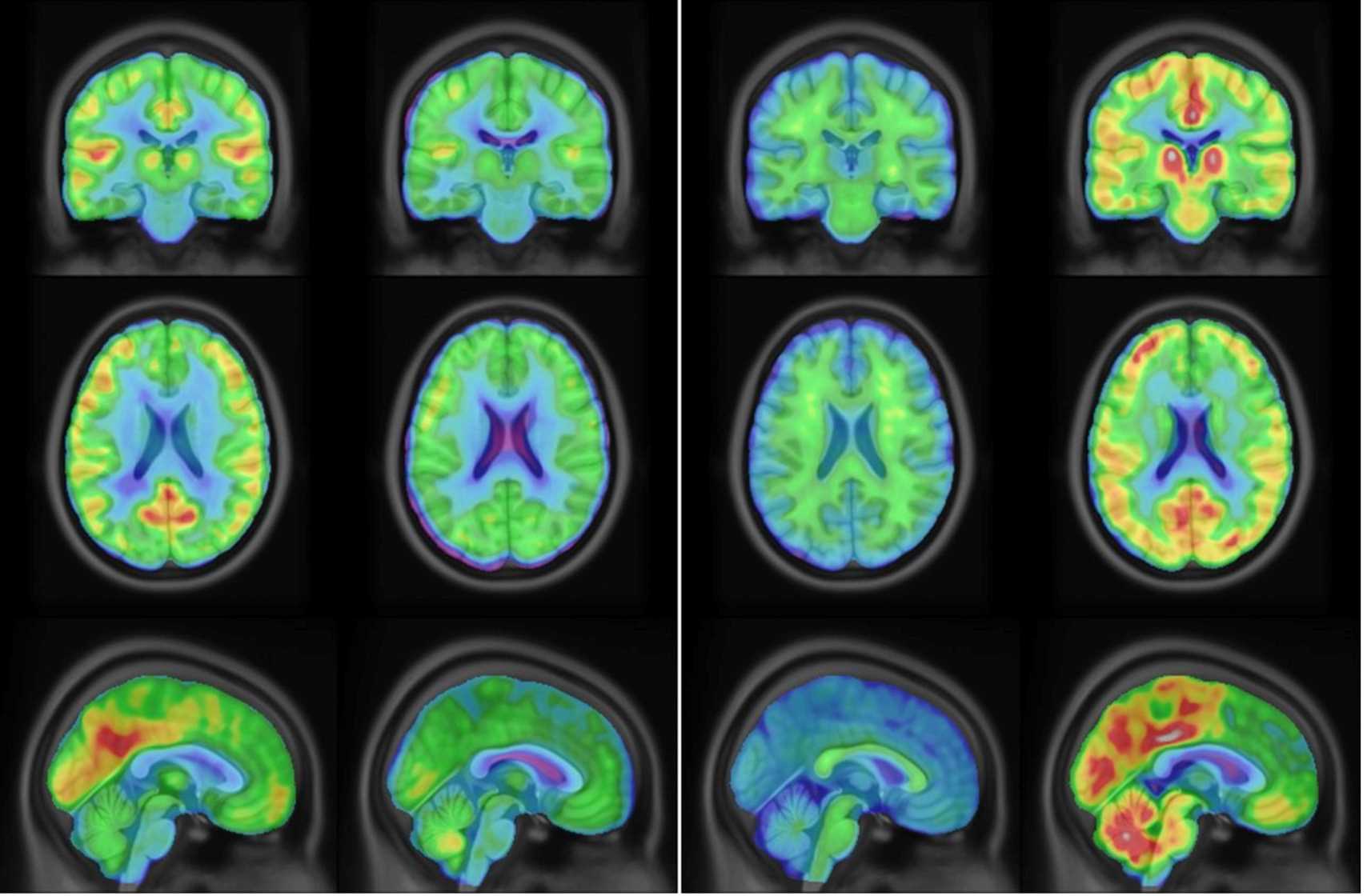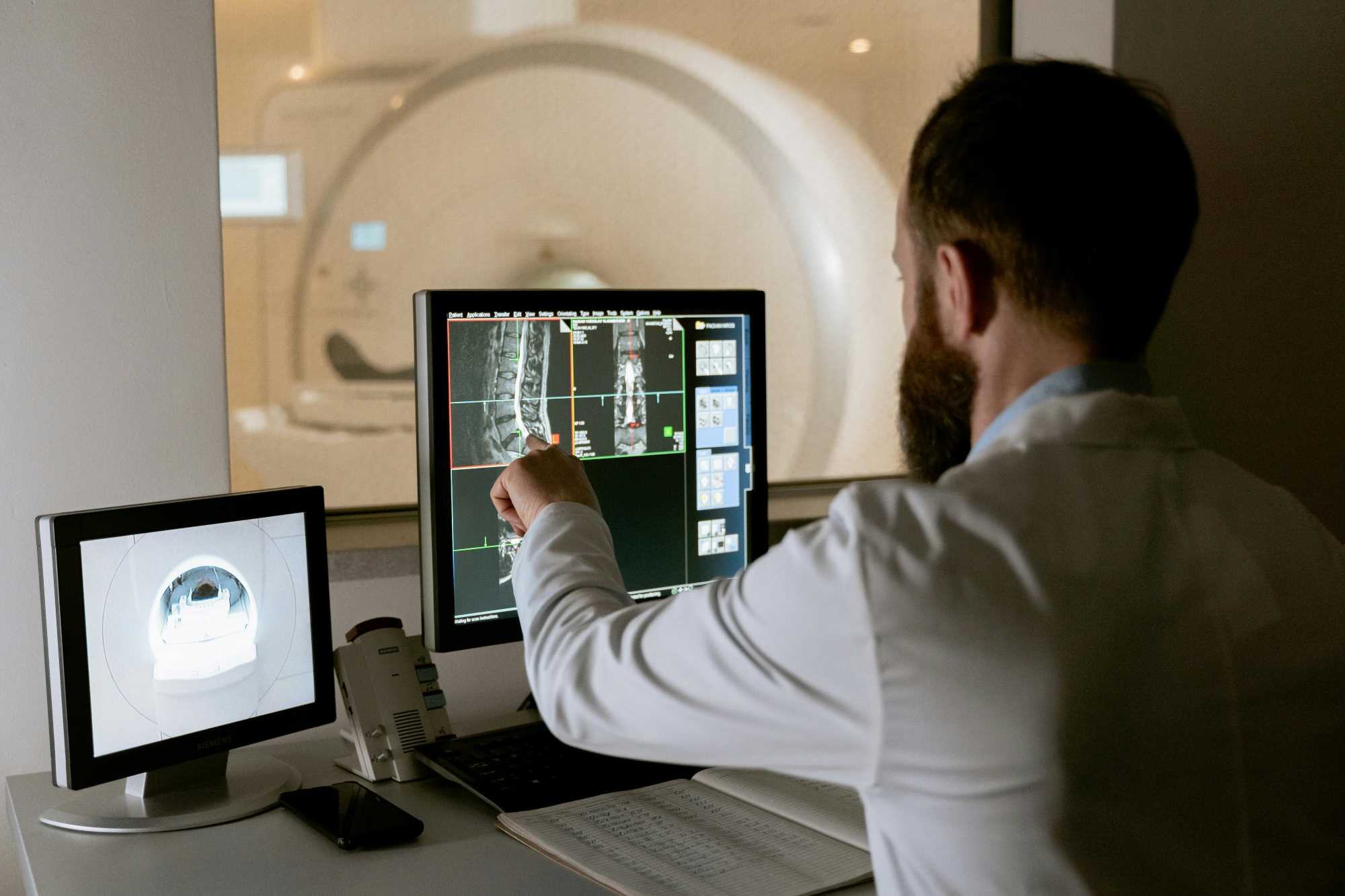Radiologic Science program
Launch your healthcare career in Radiologic Science.
You’ll see patients daily and use the latest technological equipment to examine body organs and tissues, diagnose disease or treat patients.
UWL offers four different undergraduate major options within Radiologic Science, all nationally-accredited. Students have the flexibility to choose an area of emphasis that suits their interest. All tracks are typically completed within four years.
- Radiologic Technology – diagnostic focused using x-rays to examine the body
- Diagnostic Medical Sonography with Echocardiography – diagnostic focused using ultrasound to examine the heart
- Diagnostic Medical Sonography with General/Vascular - diagnostic focused using ultrasound to identify and diagnose diseases
- Radiation Therapy – treatment focused on using radiation therapy to target and eliminate cancer cells
Radiologic Science
Radiologic Science is a broad term that refers to medical imaging and radiation therapy professionals who use technologies such as ultrasound and x-ray equipment or linear accelerators to diagnose or treat patients. These professions require the ability to acquire technical skills and understanding while also developing excellent communication abilities to work with patients and healthcare team members from diverse backgrounds.
Learn more for Radiologic Science
Radiation Therapy emphasis
Combine high-precision treatment and empathetic support to help cancer patients.
Undergrad major In-depth detailsfor Radiation Therapy Learn more for Radiation TherapyRadiologic Technology emphasis
Radiologic Technicians use these techniques to diagnose diseases like cancer, detect broken bones or find foreign objects in the body.
Undergrad major In-depth detailsfor Radiologic Technology Learn more for Radiologic TechnologyDiagnostic Medical Sonography-General/Vascular Diagnostic Medical Sonography with General/Vascular emphasis
Sonographers use ultrasound, or high-frequency sound waves, to identify and diagnose diseases in body organs and tissues.
Undergrad major In-depth detailsfor Diagnostic Medical Sonography-General/Vascular Learn more for Diagnostic Medical Sonography-General/VascularDiagnostic Medical Sonography-Echocardiography Diagnostic Medical Sonography with Echocardiography emphasis
On the Echocardiography/Vascular track, you’ll learn to use ultrasound imaging to help diagnose heart problems.
Undergrad major View a sample plan for Diagnostic Medical Sonography-Echocardiography In-depth detailsfor Diagnostic Medical Sonography-Echocardiography Catalogfor Diagnostic Medical Sonography-Echocardiography Learn more for Diagnostic Medical Sonography-EchocardiographyCareers in Radiologic Science
Help people through major life events. Depending on the track you choose, you could provide an ultrasound to a pregnant mother, give x-rays to help doctors heal a broken bone, or provide radiation therapy treatment to people battling cancer.
Radiologic Technologists work full or part time in radiology departments of hospitals and clinics, emergency rooms, surgery suites, or mobile vehicles in rural areas. The starting salary is typically $60-70,000.
Diagnostic Medical Sonographers (with General/Vascular emphasis or Echocardiography emphasis) work full or part time independently while also serving on a team with radiologists and nurses.They work in the Radiology Departments of hospitals and clinics, emergency rooms, surgery suites, medical laboratories, industry, public health and other locations. Medical diagnostic sonographers earn approximately $80,000/year.
Radiation Therapist job opportunities are prevalent in hospitals and freestanding radiation therapy facilities. They enjoy mostly daytime and weekday hours with starting salaries typically at $70-75,000 a year. Additionally, radiation therapists may further their education and specialize.
What distinguishes UWL's Radiologic Science programs?
Much of the core coursework in the Radiologic Sciences is the same across all four programs, so you don’t need to know your path on day one. Students will eventually choose one of the four Radiologic Science programs offered at UWL. The strength of your core course training and earning a bachelor’s degree will provide you the opportunity to continue to advance in your career as you grow within your profession.
Radiologic Science programs are nationally-accredited. This vote of quality comes from external organizations and signals to employers that they can trust you have learned specific competencies.
Students have opportunities for involvement on campus through the Radiation Therapy Club, Lambda Nu Honor Society- Alpha Chapter and the Diagnostic Imaging Club. They can also join state and national professional organizations such as Radiation Therapists of Wisconsin-RTOW and The American Society of Radiologic Technologists (ASRT).
Students learn through real-life scenarios that aim to teach patient safety and critical thinking. Experience with these situations helps student to think on their feet when they have similar experiences in clinical internships and their future career.
The Radiation Therapy, Radiologic Technology and Diagnostic Medical Sonography programs offer hands-on experiences with clinical rotations at reputable, regional healthcare centers such as UW Health, Emplify Health and Mayo Clinic Health System.
Graduates of UWL's Radiation Therapy program have had a 100% pass rate on The American Registry of Radiologic Technologists (ARRT) national certification exam since the program began in 1997. The RT program also has a 100% job placement rate for those actively seeking employment within six months of graduation.
Graduates of the Diagnostic Medical Sonography programs are eligible for certification through the American Registry of Diagnostic Medical Sonography (ARDMS). Radiologic Technology and Radiation Therapy program graduates are eligible for national certification through the American Registry of Radiologic Technologists (ARRT).
All programs take four years to complete starting with two years of general education and pre-requisite courses at UWL. In the following two years, students in the Diagnostic Medical Sonography and Radiologic Technology programs will spend two years at partnering healthcare institutions or schools. Students in the Radiation Therapy program spend their third year doing professional core course work at UWL and fourth year in a 13-month clinical internship in tandem with a rigorous professional curriculum.

















